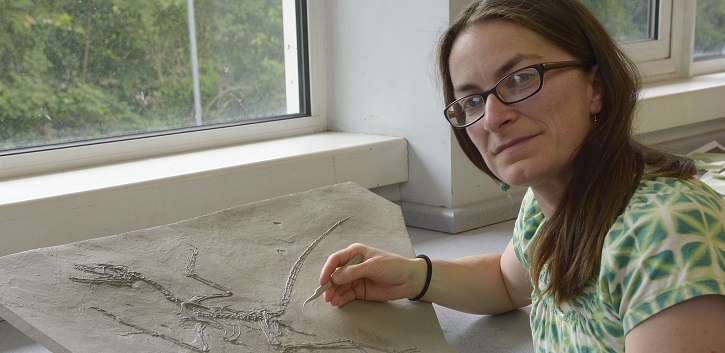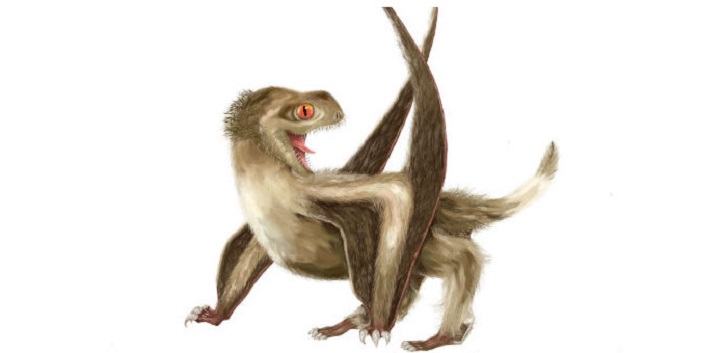Feathers came first, then birds 04 Jun 2019

The study, published in Trends in Ecology & Evolution, also changes our understanding of feathers themselves, their functions and their role in some of the largest events in evolution.
The research was carried out by an international team, which included UCC palaeontologist Dr Maria McNamara, and combines new information from palaeontology and molecular developmental biology.
LISTEN BACK: Feathers arose 100 million years before birds - UCC palaeontologist Dr Maria McNamara @MariaMcN_palaeo @uccBEES talked to Mary Wilson @drivetimerte about dinosaurs, feathers and flying reptiles.https://t.co/8ubA7IRum3 pic.twitter.com/vH4yGViAdF
— UCC Ireland (@UCC) June 6, 2019Feathers came first: Dinosaurs beat the birds by 100 million years
— UCC Ireland (@UCC) June 5, 2019
The research was carried out by an international team, which included UCC palaeontologist Dr Maria McNamara, @uccBEES https://t.co/J90p8k3jFT#UCCNews
"For 20 years we’ve known that theropod dinosaurs, closely related to birds, had feathers," said Dr McNamara. "This pushed the origin of feathers back to the origins of bird-like dinosaurs around 200 million years ago. Then our work on a new dinosaur from Russia, Kulindadromeus, showed that even basal dinosaurs, very distantly related to birds, had feathers. This suggested that even the very first dinosaurs may have been feathery."

Reconstruction of the studied pterosaur, with four different feather types over its head, neck, body, and wings, and a generally ginger-brown colour. Reconstruction by Yuan Zhang.
"Kulindadromeus has scaly legs, just like modern birds," explained co-author Danielle Dhouailly from the University of Grenoble. "Developmental work on modern birds shows that these are reversals: what had once been feathers had reversed to be scales. The same genome regulatory network drives the development of reptile scales, bird feathers, and mammal hairs. Feathers could have evolved very early."
"The breakthrough came when we were studying two new pterosaurs from China," said co-author Baoyu Jiang from Nanjing University in China. "We expected isolated filaments – but what we saw were tufts and branched structures. Pterosaurs had feathers."
This drives the origin of feathers back to 250 million years ago, according to study lead Mike Benton from the University of Bristol. "The point of origin of pterosaurs, dinosaurs and their relatives. This Early Triassic world was recovering from the most devastating mass extinction ever, and life on land had come back from a near-total wipeout. Feathers probably arose to speed up of physiology and ecology, purely for insulation. The other functions of feathers, for display and flight, came much later."
Feathers came first, then #birds https://t.co/MBGB7OqBqD
— Phys.org (@physorg_com) June 3, 2019
Great example of clear communication of a, no doubt, complex piece of research - Dr. Maria McNamara, @UCC Palaeontologist & Senior Lecturer @UCCBEES, talks about new research on dinosaurs, birds, feathers and flying reptiles. https://t.co/X1Azu9OXLV
— Naomi Feely (@NaiFeely) June 6, 2019
Timing of the origin of feathers shifts back from the origin of birds, 150 Myr ago, to the Early Triassic, 250 Myr ago. Feathers were initially for insulation at a time of quickening life processes. Pterosaur reconstruction by Yuan Zhang (Nanjing).
For more on this story contact:
Lynne Nolan, Media & PR Officer, UCC: 087 210 1119.
